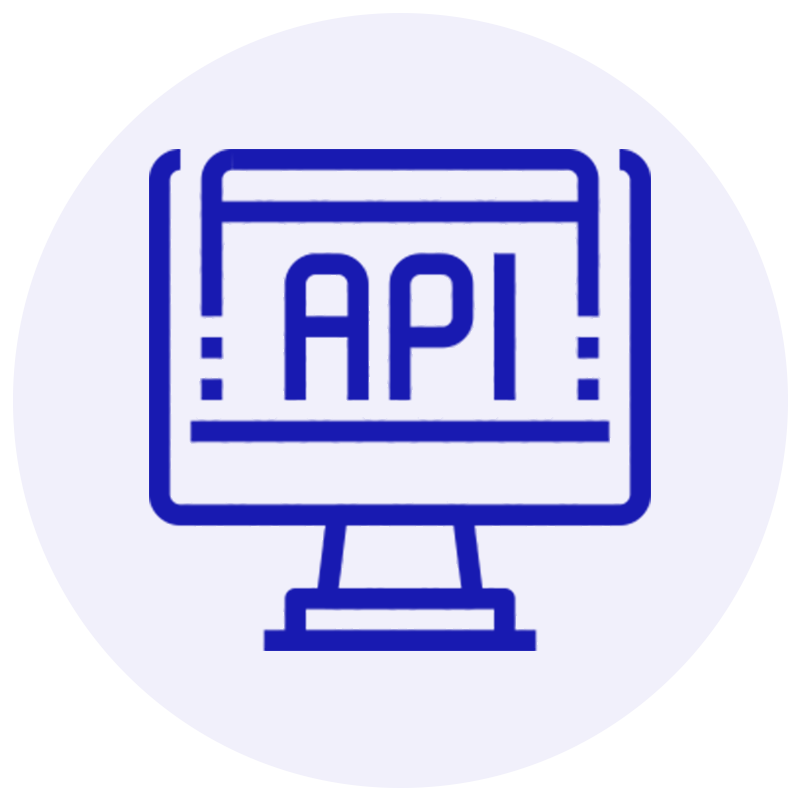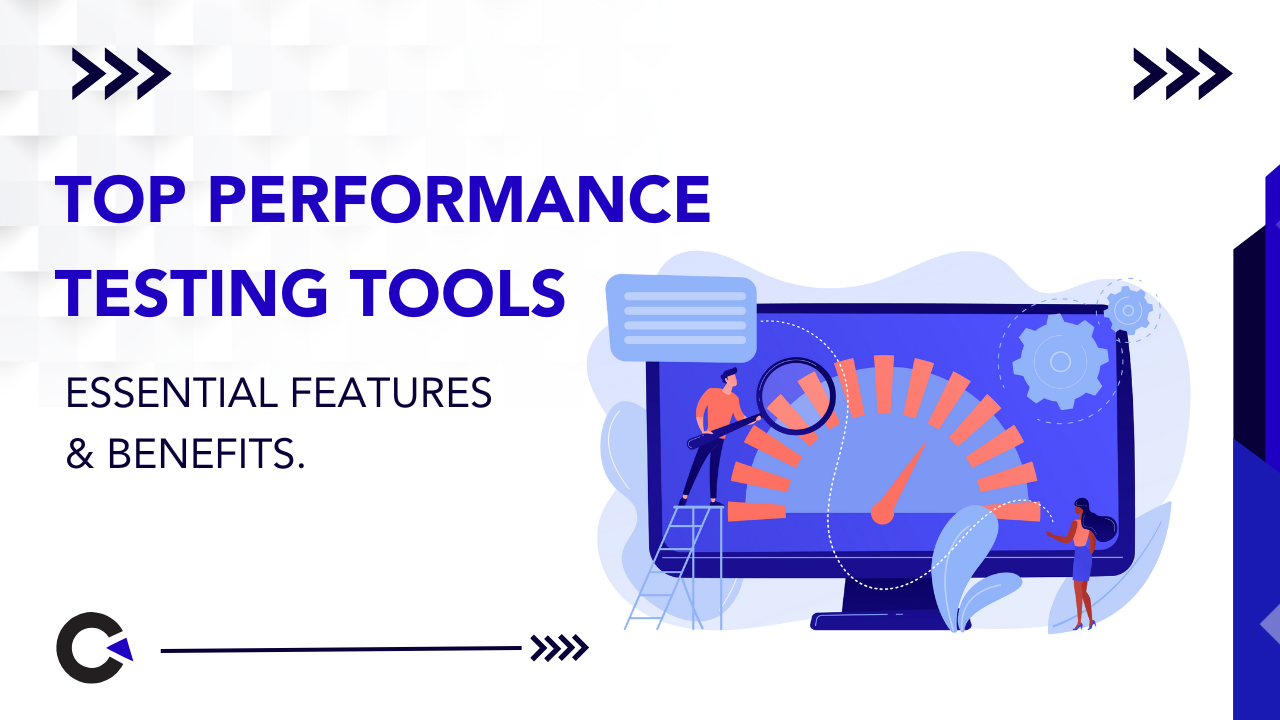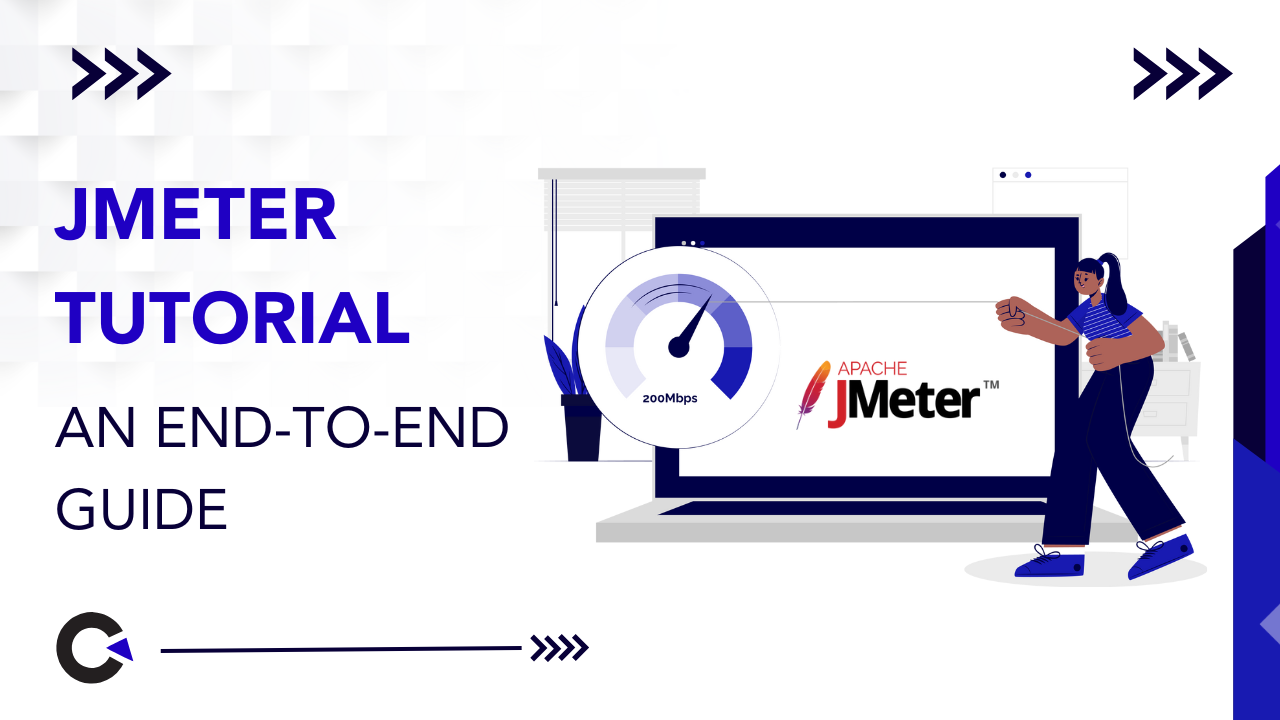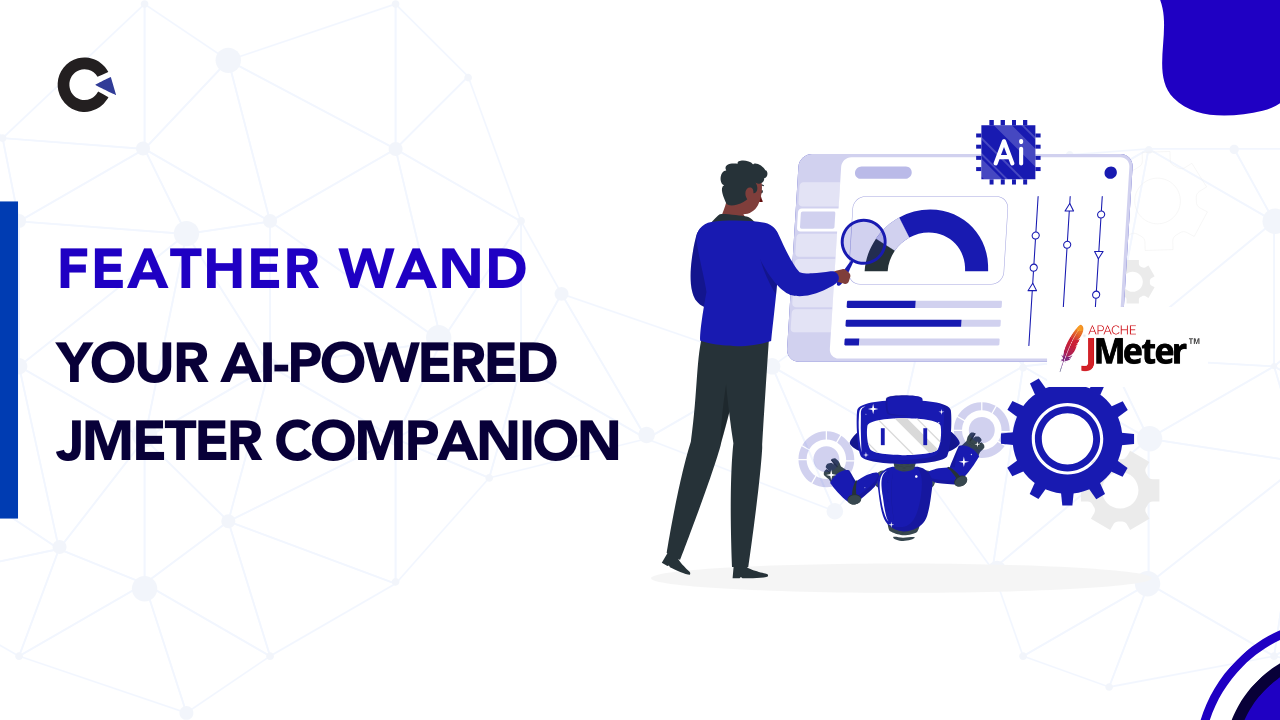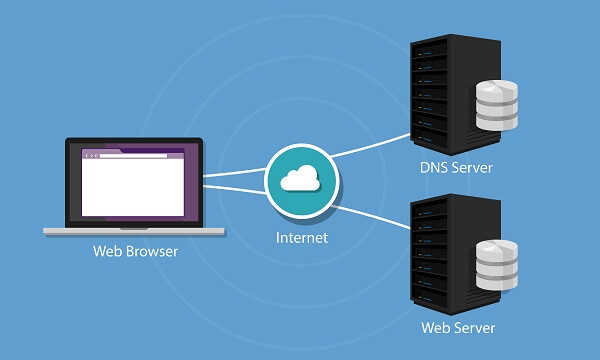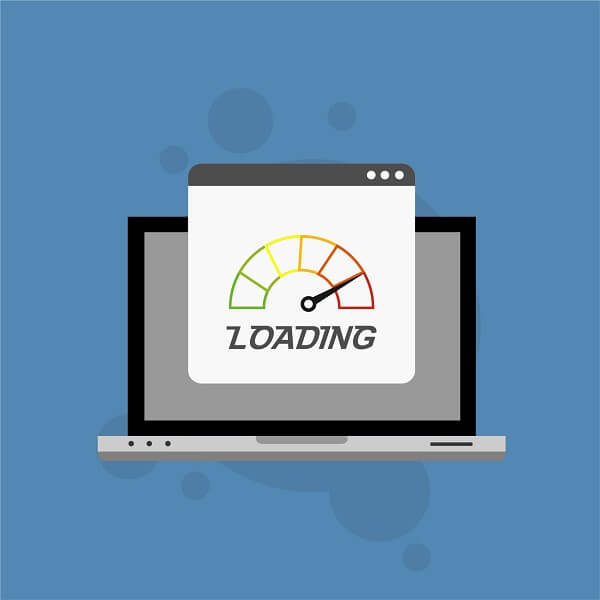
Performance Testing, Load Testing and Stress Testing – All are Distinct
by admin | Mar 10, 2019 | Performance Testing, Blog | 0 comments
Several terms revolving around testing are used in the realm of software and automation. Some of these terms however, are erroneously used interchangeably and interpreted as the same concepts – performance testing, load testing, and stress testing are some such terms. It is our aim to bring out the significant differences in these testing types, which will help businesses and testers alike. An expert performance testing company will understand the differences and use these testing methods where and when appropriate.

Distinctions between Performance Testing, Load Testing, and Stress Testing
Performance Testing: This type of testing ascertains the ‘performance’ of the system components under all ‘conditions’ – the response time of a software / application depending on the number of users. Performance testing is necessary to ascertain whether the software is meeting the response time, and its ‘behavior’ under normal conditions. Factors such as scalability, resource usage, and reliability are also tested and corroborated with performance testing. Performance testing are a part of performance engineering, which is aimed at resolving performance issues of the design, and the ‘build up’ of the software / application.
Briefly put: Performance testing is about time – speed, response, request, mean, and throughput – of an application / software.
When to deploy Performance Testing Those in the shift left mode must test consistently. Hire an expert software testing company and they will use performance testing to check the functioning of your website, apps, servers, databases, and networks, and keep your products in top shape. The aim of performance testing is not to detect bugs or errors, but rather it focuses on setting the top standard of performance for the software / application. Closely monitoring the product is the underlying responsibility of performance testing.
Load Testing: The aim of this form of testing is to measure the ‘behaviour’ and response time of an application when the usage ‘load’ is higher than normal. While the application may be a bit slower than usual under high load, load testing services ensure that the application can manage and work under such conditions and not crash the server.
Load testing is about characterizing and replicating the actual workload by starting at low usage numbers, gradually increasing the usage over some time, until the desired system load is reached, checking for stability, and then reducing the numbers gradually again.

Briefly put: Load testing is testing the behavior of an application under both normal and peak usage conditions.
When to conduct Load Testing? Businesses scale and as the number of users increase, they need to understand how many users the system / application would be able to handle, and this is when load testing services become important. Load testing is also used to determine the effect of the load on the system, how the loads builds and remains in the system, and which locations have the maximum user load. Load testing must be done consistently to maintain the efficacy of the system, and get experts to make it part of the testing cycles. Such professional load testing companies would monitor attributes such as peak performance, response time under varying load conditions, server throughput, how many users the application would be able to handle without any negative effect on performance, and the suitability of the hardware in use. The QA Outsourcing Company you hire would do all of this and also plug any mismanagement or leaks of memory in the system. They would also set the service level agreements for the application, which in turn would mean that your business would be getting more for each buck spent.
Stress Testing: While similar to load testing, stress testing uses a different approach. The load on an application is consistently increased until it crashes – the idea is to test the absolute peak limit of an application. Stress testing is usually run at the same time as load testing, the only difference being that the increase in load does not stop until expected limits are attained. When the load is increased suddenly, it is referred to as spike test, and when done gradually the term used is soak test.
When to conduct Stress Testing Companies usually make the mistake of deploying stress testing services only before major events or programs that would have high demand on the application. However, any high quality QA testing services company would tell you that in order to maintain a grasp on the endurance capabilities of your system / application, stress testing must be done often. This prepares the system for any unanticipated ‘traffic’ increases, and prepares you with time and resources to quickly respond to issues and speedily fix any problems. The aim of stress tests is to analyze the behavior of the system post the crash / failure. This is critical to know whether the security of the confidential data is affected post the crash. If the stress testing process is successful, the system would restore itself and its components almost immediately, even if the crash was major.
In Conclusion:
The exposition clearly emphasizes the significant distinctions between performance testing, load testing and stress testing, while highlighting the scope of each type of testing and the scenarios for their usage. Connect with us to get the best in class service and the highest quality of experts to run these tests and more for your esteemed business.

